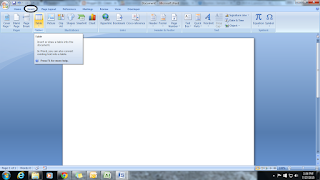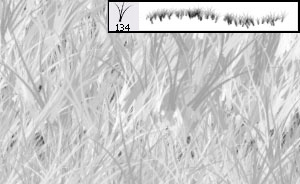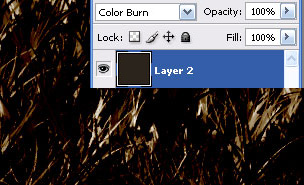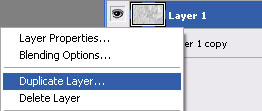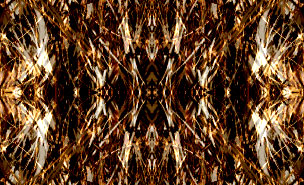A heartful tribute to the nation's great personality.
Avul Pakir Jainulabdeen "A. P. J." Abdul Kalam (Listeni/'æbd?l k?'l??m/; 15 October 1931 – 27 July 2015) was the 11th President of India from 2002 to 2007. A career scientist turned reluctant politician, Kalam was born and raised in Rameswaram, Tamil Nadu and studied physics and aerospace engineering. He spent the next four decades as a scientist and science administrator, mainly at the Defence Research and Development Organisation (DRDO) and Indian Space Research Organisation (ISRO) and was intimately involved in India's civilian space program and military missile development efforts. He thus came to be known as the Missile Man of India for his work on the development of ballistic missile and launch vehicle technology. He also played a pivotal organizational, technical and political role in India's Pokhran-II nuclear tests in 1998, the first since the original nuclear test by India in 1974.
Kalam was elected President of India in 2002 with the support of both the ruling Bharatiya Janata Party and the opposition Indian National Congress. After serving a term of five years, he returned to his civilian life of education, writing and public service. He received several prestigious awards, including the Bharat Ratna, India's highest civilian honour.
Early life and education
Avul Pakir Jainulabdeen Abdul Kalam was born on 15 October 1931 to a Tamil Muslim family in Rameswaram in the Indian state of Tamil Nadu. His father's name was Jainulabudeen, a boat owner, and his mother Ashiamma, a housewife. He came from a poor background and started working at an early age to supplement his family's income. After completing school, Kalam distributed newspapers to contribute to his father's income. In his school years he had average grades but was described as a bright and hardworking student who had a strong desire to learn and spend hours on his studies, especially mathematics. After completing his education at the Ramanathapuram Schwartz Matriculation School, Kalam went on to attend Saint Joseph's College, Tiruchirappalli, then affiliated with the University of Madras, from where he graduated in physics in 1954. Towards the end of the course, he was not enthusiastic about the subject and would later regret the four years he studied it. He moved to Madras in 1955 to study aerospace engineering. While Kalam was working on a senior class project, the Dean was dissatisfied with his lack of progress and threatened to revoke his scholarship unless the project was finished within the next three days. Kalam met the deadline, impressing the Dean, who later said to him, "I was putting you under stress and asking you to meet a difficult deadline". He narrowly missed achieving his dream of becoming a fighter pilot, as he placed ninth in qualifiers, and only eight positions were available in the IAF. (Indian Air Force)
Career as a scientist
After graduating from the Madras Institute of Technology in 1960, Kalam joined the Aeronautical Development Establishment of the Defence Research and Development Organisation (DRDO) as a scientist. He started his career by designing a small helicopter for the Indian Army, but remained unconvinced by his choice of a job at DRDO. Kalam was also part of the INCOSPAR committee working under Vikram Sarabhai, the renowned space scientist. In 1969, Kalam was transferred to the Indian Space Research Organisation (ISRO) where he was the project director of India's first Satellite Launch Vehicle (SLV-III) which successfully deployed the Rohini satellite in near-earth orbit in July 1980; Kalam had first started work on an expandable rocket project independently at DRDO in 1965.In 1969, Kalam received the government's approval and expanded the programme to include more engineers.

In 1963–64, he visited NASA's Langley Research Center in Hampton, Virginia, Goddard Space Flight Center in Greenbelt, Maryland and Wallops Flight Facility. Between the 1970s and 1990s, Kalam made an effort to develop the Polar Satellite Launching Vehicle (PSLV) and SLV-III projects, both of which proved to be successful.
Kalam was invited by Raja Ramanna to witness the country's first nuclear test Smiling Buddha as the representative of TBRL, even though he had not participated in its development. In the 1970s, Kalam also directed two projects, Project Devil and Project Valiant, which sought to develop ballistic missiles from the technology of the successful SLV programme.Despite the disapproval of the Union Cabinet, Prime Minister Indira Gandhi allotted secret funds for these aerospace projects through her discretionary powers under Kalam's directorship.Kalam played an integral role convincing the Union Cabinet to conceal the true nature of these classified aerospace projects. His research and educational leadership brought him great laurels and prestige in the 1980s, which prompted the government to initiate an advanced missile programme under his directorship.Kalam and Dr V S Arunachalam, metallurgist and scientific adviser to the Defence Minister, worked on the suggestion by the then Defence Minister, R. Venkataraman on a proposal for simultaneous development of a quiver of missiles instead of taking planned missiles one after another. R Venkatraman was instrumental in getting the cabinet approval for allocating ?388 crores for the mission, named Integrated Guided Missile Development Programme (IGMDP) and appointed Kalam as the chief executive. Kalam played a major part in developing many missiles under the mission including Agni, an intermediate range ballistic missile and Prithvi, the tactical surface-to-surface missile, although the projects have been criticised for mismanagement and cost and time overruns.Kalam served as the Chief Scientific Adviser to the Prime Minister and the Secretary of the Defence Research and Development Organisation from July 1992 to December 1999. The Pokhran-II nuclear tests were conducted during this period in which he played an intensive political and technological role. Kalam served as the Chief Project Coordinator, along with Rajagopala Chidambaram, during the testing phase.Media coverage of Kalam during this period made him the country's best known nuclear scientist. However, the director of the site test, K Santhanam, said that the thermonuclear bomb had been a "fizzle" and criticisied Kalam for issuing an incorrect report.Both Kalam and Chidambaram dismissed the claims.
In 1998, along with cardiologist Soma Raju, Kalam developed a low cost coronary stent, named the "Kalam-Raju Stent". In 2012, the duo designed a rugged tablet computer for health care in rural areas, which was named the "Kalam-Raju Tablet"
Presidency
Kalam served as the 11th President of India, succeeding K. R. Narayanan. He won the 2002 presidential election with an electoral vote of 922,884, surpassing the 107,366 votes won by Lakshmi Sahgal. He served from 25 July 2002 to 25 July 2007.
On 10 June 2002, the National Democratic Alliance (NDA) which was in power at the time, expressed that they would nominate Kalam for the post of President, and both the Samajwadi Party and the Nationalist Congress Party backed his candidacy. After the Samajwadi Party announced its support for Kalam, Narayanan chose not to seek a second term in office, leaving the field clear.Kalam said of the announcement of his candidature:
I am really overwhelmed. Everywhere both in Internet and in other media, I have been asked for a message. I was thinking what message I can give to the people of the country at this juncture.

On 18 June, Kalam filed his nomination papers in the Indian Parliament, accompanied by Vajpayee and his senior Cabinet colleaguesThe polling for the presidential election began on 15 July 2002 in Parliament and the state assemblies, with the media claiming that the election was a one-sided affair and Kalam's victory was a foregone conclusion; the count was held on 18 July. Kalam became the 11th president of the Republic of India in an easy victory, and moved into the Rashtrapati Bhavan after he was sworn in on 25 July. Kalam was the third President of India to have been honoured with a Bharat Ratna, India's highest civilian honour, before becoming the President. Dr Sarvepalli Radhakrishnan (1954) and Dr Zakir Hussain (1963) were the earlier recipients of Bharat Ratna who later became the President of India. He was also the first scientist and the first bachelor to occupy Rashtrapati Bhawan.
During his term as president, he was affectionately known as the People's President, saying that signing the Office of Profit Bill was the toughest decision he had taken during his tenure. Kalam was criticised for his inaction in deciding the fate of 20 out of the 21 mercy petitions submitted to him during his tenure.Article 72 of the Constitution of India empowers the President of India to grant pardons, and suspend or commute the death sentence of convicts on death row. Kalam acted on only one mercy plea in his five-year tenure as president, rejecting the plea of rapist Dhananjoy Chatterjee, who was later hanged. Perhaps the most notable plea was from Afzal Guru, a Kashmiri terrorist who was convicted of conspiracy in the December 2001 attack on the Indian Parliament and was sentenced to death by the Supreme Court of India in 2004. While the sentence was scheduled to be carried out on 20 October 2006, the pending action on his mercy plea resulted in him remaining on death row. He also took the controversial decision to impose President's Rule in Bihar in 2005.

In September 2003, in an interactive session in PGI Chandigarh, Kalam supported the need of Uniform Civil Code in India, keeping in view the population of the country.
At the end of his term, on 20 June 2007, Kalam expressed his willingness to consider a second term in office provided there was certainty about his victory in the 2007 presidential election. However, two days later, he decided not to contest the Presidential election again stating that he wanted to avoid involving Rashtrapati Bhavan from any political processes. He did not have the support of the left parties, Shiv Sena and UPA constituents, to receive a renewed mandate.
Nearing the expiry of the term of the 12th President Pratibha Patil on 24 July 2012, media reports in April claimed that Kalam was likely to be nominated for his second term. After the reports, social networking sites were notable for people supporting his candidature. The BJP potentially backed his nomination, saying that the party would lend their support if the Trinamool Congress, Samajwadi Party and Indian National Congress proposed him for the 2012 presidential election. A month ahead of the election, Mulayam Singh Yadav and Mamata Banerjee also expressed their support for Kalam. Days afterwards, Mulayam Singh Yadav backed out, leaving Mamata Banerjee as the solitary supporter.On 18 June 2012, Kalam declined to contest the 2012 presidential poll. He said of his decision not to do so:
Many, many citizens have also expressed the same wish. It only reflects their love and affection for me and the aspiration of the people. I am really overwhelmed by this support. This being their wish, I respect it. I want to thank them for the trust they have in me.
Kalam died of a massive cardiac arrest on the evening of 27 July 2015 after he collapsed while delivering a lecture on 'Livable Planet' at Indian Institute of Management Shillong.Following the collapse on around 6.30 pm, Kalam, was wheeled into Bethany hospitals' ICU in a critical condition but he was confirmed dead after more than two hours he was taken to the hospital. Kalam would have turned 84 in October 2015. Governor of Meghalaya, V. Shanmuganathan rushed to the hospital on hearing the news of Kalam's admission. Later Shanmughanathan said Kalam died at 7.45 pm even after medical team's best efforts to revive Kalam. On 28 July, morning Chief Secretary PBO Warjri told reporters that he had spoken to Union Home Secretary, L.C. Goyal asking for arrangements to be made for carrying Kalam's body to Delhi from Guwahati.
Government of India declared a seven-day state mourning as a mark of respect to the former President.
President Pranab Mukherjee, Vice-President Hamid Ansari, Prime Minister Narendra Modi, Home Minister Rajnath Singh and leaders condoled the former Presidents' demise.
Writings
In his book India 2020, Kalam strongly advocated an action plan to develop India into a "knowledge superpower" and a developed nation by the year 2020. He regarded his work on India's nuclear weapons programme as a way to assert India's place as a future superpower
I have identified five areas where India has a core competence for integrated action: (1) agriculture and food processing; (2) education and healthcare; (3) information and communication technology; (4) infrastructure, reliable and quality electric power, surface transport and infrastructure for all parts of the country; and (5)self-reliance in critical technologies. These five areas are closely inter-related and if advanced in a coordinated way, will lead to food, economic and national security.
It was reported that there was considerable demand in South Korea for translated versions of books authored by him.
Kalam took an active interest in other developments in the field of science and technology, including a research programme for developing bio-implants. He also supported Open Source technology over proprietary solutions, predicting that the use of free software on a large scale would bring the benefits of information technology to more people.
Kalam set a target of interacting with 100,000 students during the two years after his resignation from the post of scientific adviser in 1999. He explained, "I feel comfortable in the company of young people, particularly high school students. Henceforth, I intend to share with them experiences, helping them to ignite their imagination and preparing them to work for a developed India for which the road map is already available."
Kalam's 79th birthday was recognised as World Student Day by the United Nations. He has also received honorary doctorates from 40 universities.The Government of India has honoured him with the Padma Bhushan in 1981 and the Padma Vibhushan in 1990 for his work with ISRO and DRDO and his role as a scientific advisor to the Government.[88] In 1997, Kalam received India's highest civilian honour, the Bharat Ratna, for his contribution to the scientific research and modernisation of defence technology in India. In 2005, Switzerland declared 26 May as "Science Day" to commemorate Kalam's visit to the country. In 2013, he was the recipient of the Von Braun Award from the National Space Society "to recognize excellence in the management and leadership of a space-related project.
Books and documentaries
Kalam's writings
Developments in Fluid Mechanics and Space Technology by A P J Abdul Kalam and Roddam Narasimha; Indian Academy of Sciences, 1988
India 2020: A Vision for the New Millennium by A P J Abdul Kalam, Y S Rajan; New York, 1998.
Wings of Fire: An Autobiography by A P J Abdul Kalam, Arun Tiwari; Universities Press, 1999.
Ignited Minds: Unleashing the Power Within India by A P J Abdul Kalam; Viking, 2002.
The Luminous Sparks by A P J Abdul Kalam, by; Punya Publishing Pvt Ltd, 2004.
Mission India by A P J Abdul Kalam, Paintings by Manav Gupta; Penguin Books, 2005
Inspiring Thoughts by A P J Abdul Kalam; Rajpal & Sons, 2007
Indomitable Spirit by A P J Abdul Kalam; Rajpal and Sons Publishing
Envisioning an Empowered Nation by A P J Abdul Kalam with A Sivathanu Pillai; Tata McGraw-Hill, New Delhi
You Are Born To Blossom: Take My Journey Beyond by A P J Abdul Kalam and Arun Tiwari; Ocean Books, 2011.
Turning Points: A journey through challenges by A P J Abdul Kalam; Harper Collins India, 2012.
Target 3 Billion" by A P J Abdul Kalam and Srijan Pal Singh; December 2011 | Publisher Penguin Books.
My Journey: Transforming Dreams into Actions by A P J Abdul Kalam; August 2013 by the Rupa Publication.
A Manifesto for Change: A Sequel to India 2020 by A P J Abdul Kalam and V Ponraj; July 2014 by Harper Collins.
Forge your Future: Candid, Forthright, Inspiring by A P J Abdul Kalam; by Rajpal and Sons, 29 October 2014.
Reignited: Scientific Pathways to a Brighter Future by A P J Abdul Kalam and Srijan Pal Singh; by Penguin India, 14 May 2015.
Transcendence My Spiritual Experiences with Pramukh Swamiji by A P J Abdul Kalam; June 2015 by Harper Collins India Publication.
Biographies
Eternal Quest: Life and Times of Dr Kalam by S Chandra; Pentagon Publishers, 2002.
President A P J Abdul Kalam by R K Pruthi; Anmol Publications, 2002.
A P J Abdul Kalam: The Visionary of India by K Bhushan, G Katyal; A P H Pub Corp, 2002.
A Little Dream (documentary film) by P. Dhanapal; Minveli Media Works Private Limited, 2008.
The Kalam Effect: My Years with the President by P M Nair; Harper Collins, 2008.
My Days With Mahatma Abdul Kalam by Fr A K George; Novel Corporation, 2009.
My your soul rest in peace.........You will be missed
Content Credit: Wiki
Photo Credit: Google India
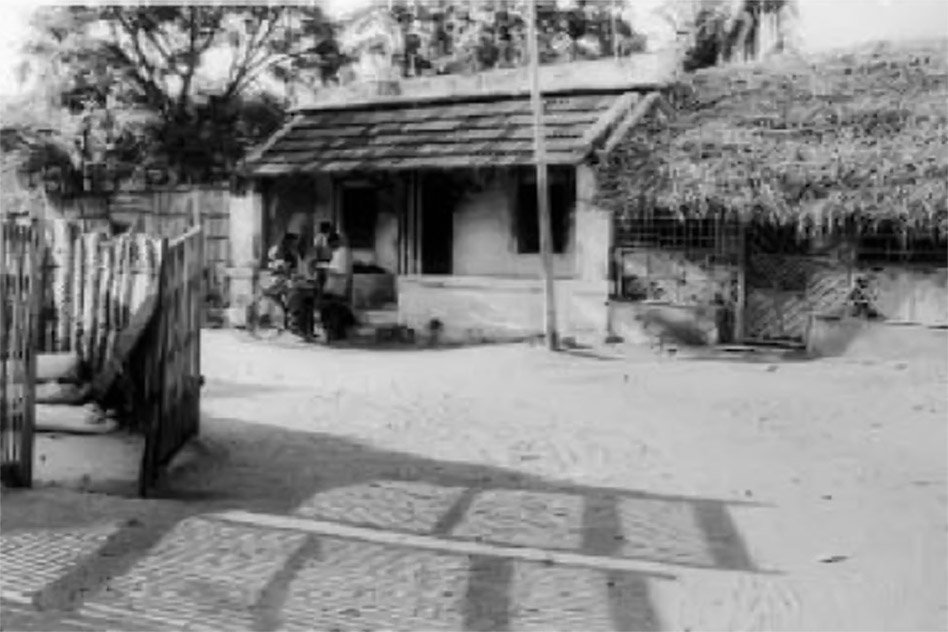 (Dr Kalam’s Home in Rameshwaram || Image: colorlibrary)
(Dr Kalam’s Home in Rameshwaram || Image: colorlibrary)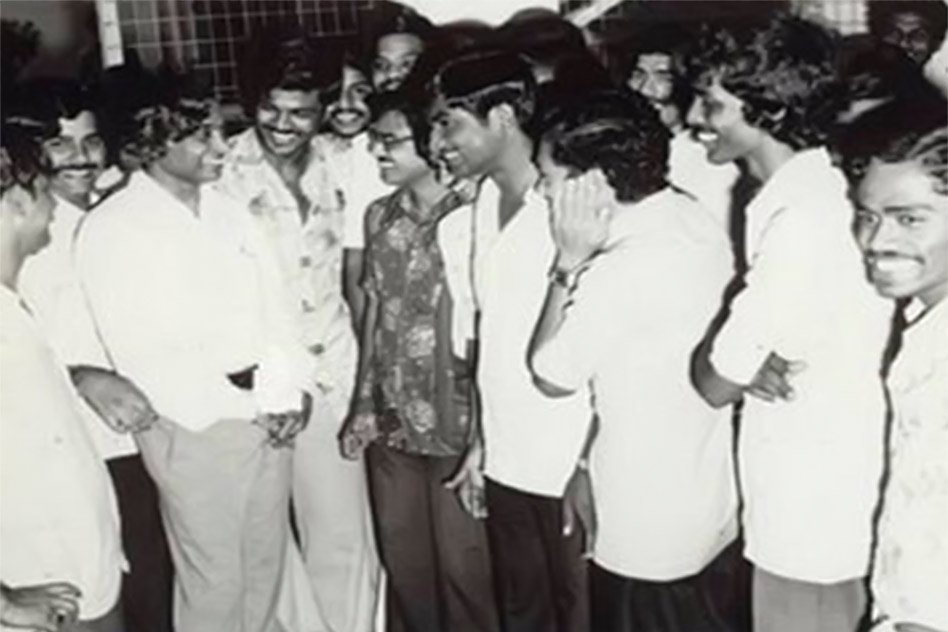 (Dr Kalam with Friends || Image: pinterest)
(Dr Kalam with Friends || Image: pinterest)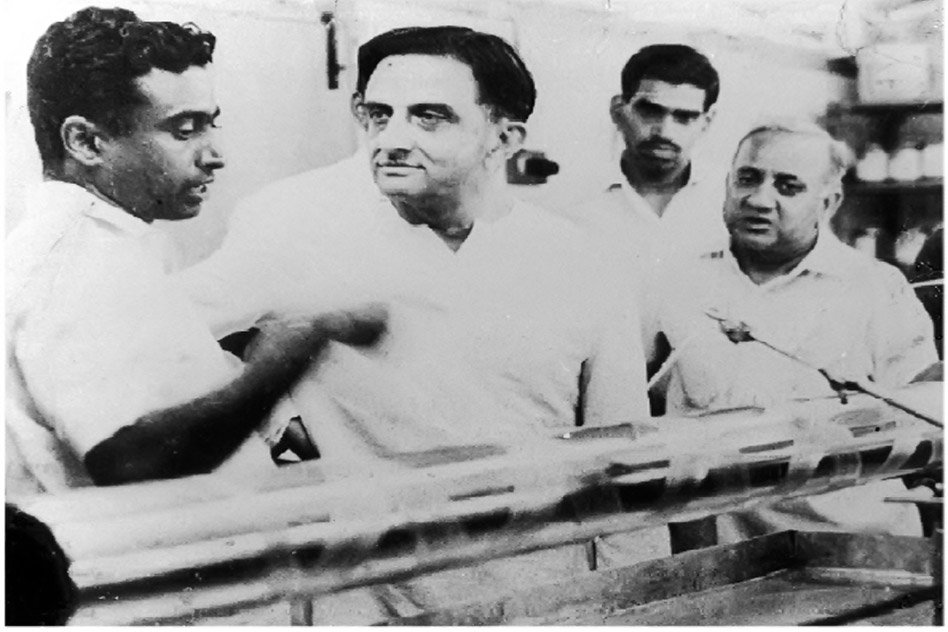 ( Young Dr Abdul Kalam With Vikram Sarabhai || Image: isro)
( Young Dr Abdul Kalam With Vikram Sarabhai || Image: isro)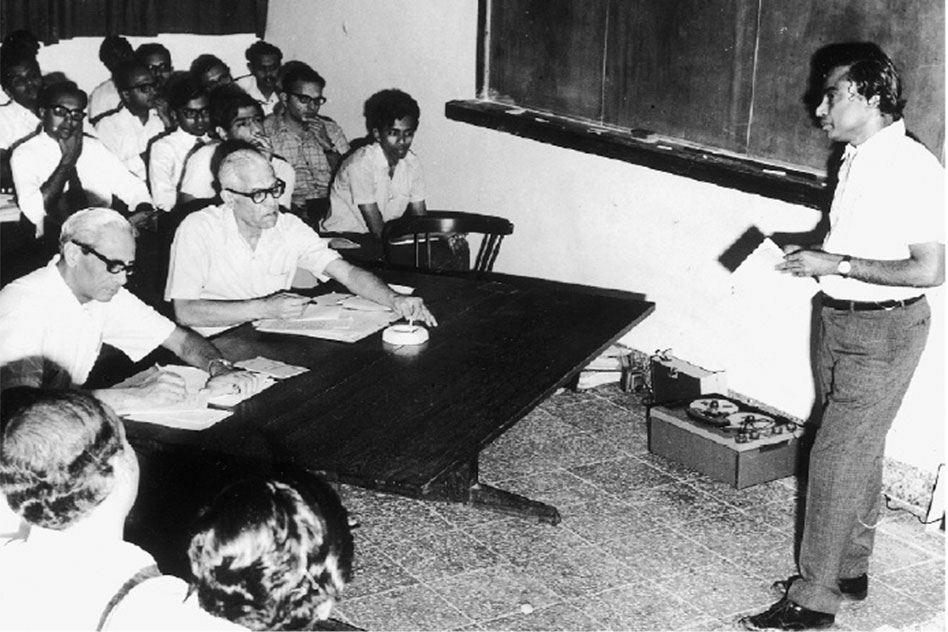 (SLV – III Review meeting, with presence of Sathish Dhawan || Image: www.jagran.com)
(SLV – III Review meeting, with presence of Sathish Dhawan || Image: www.jagran.com)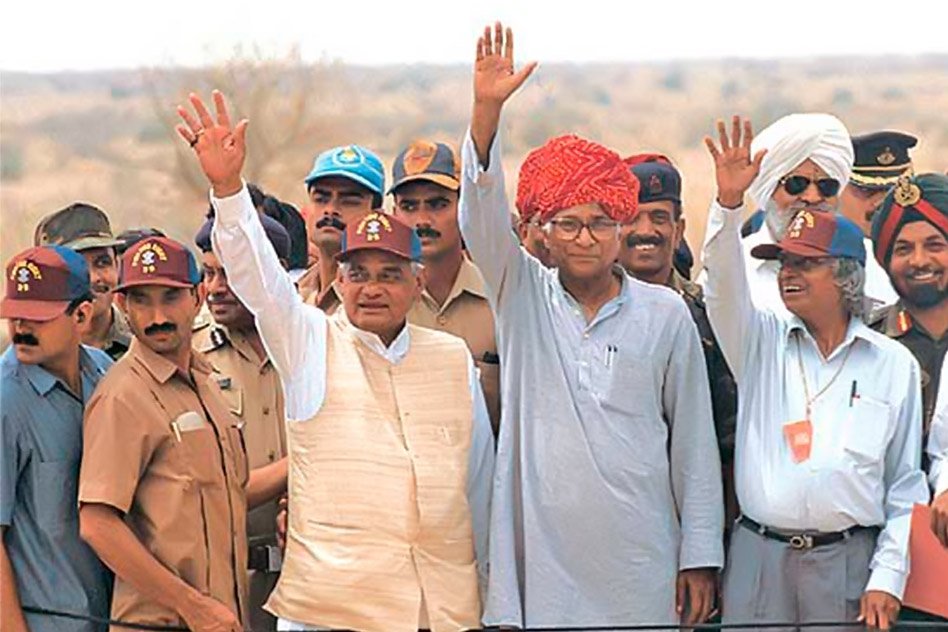 (Then PM AB Vajpayee and Dr. Kalam at Pokhran Nuclear test Site || Image :www.images99.com)
(Then PM AB Vajpayee and Dr. Kalam at Pokhran Nuclear test Site || Image :www.images99.com)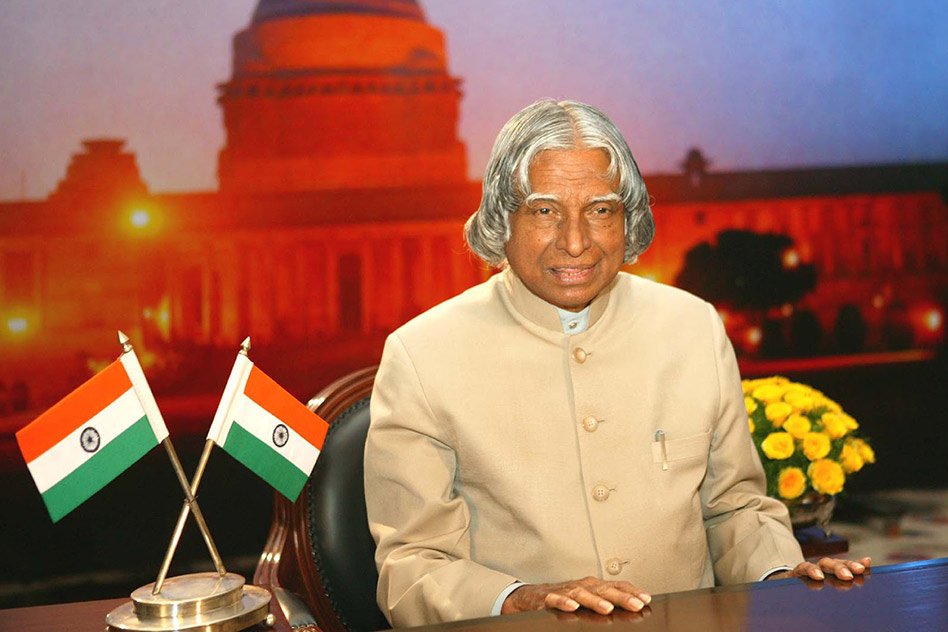 (Image : hdwallpaperswala.com)
(Image : hdwallpaperswala.com)






















